Alcova 2024 offers up contemporary independent design in historical domestic backdrops
Alcova 2024 moved to Varedo to take over the spaces of Villa Bagatti Valsecchi and Villa Borsani (on view until 21 April)

Milan Design Week is rarely just about discovering designs, but it's how we experience them. Design platform Alcova is a case in point. The showcase opened its seventh edition this week in Milan, following the first iteration across the pond in Miami in December. Followers of Alcova are always wondering where the next location for the exhibition will be, and earlier this year, founders Valentina Ciuffi and Joseph Grima announced they had decided to venture outside of the city centre to Villa Bagatti Valsecchi and Villa Borsani – two architectural landmarks in the area of Varedo.
Alcova 2024 in Varedo: Villa Bagatti Valsecchi and Villa Borsani
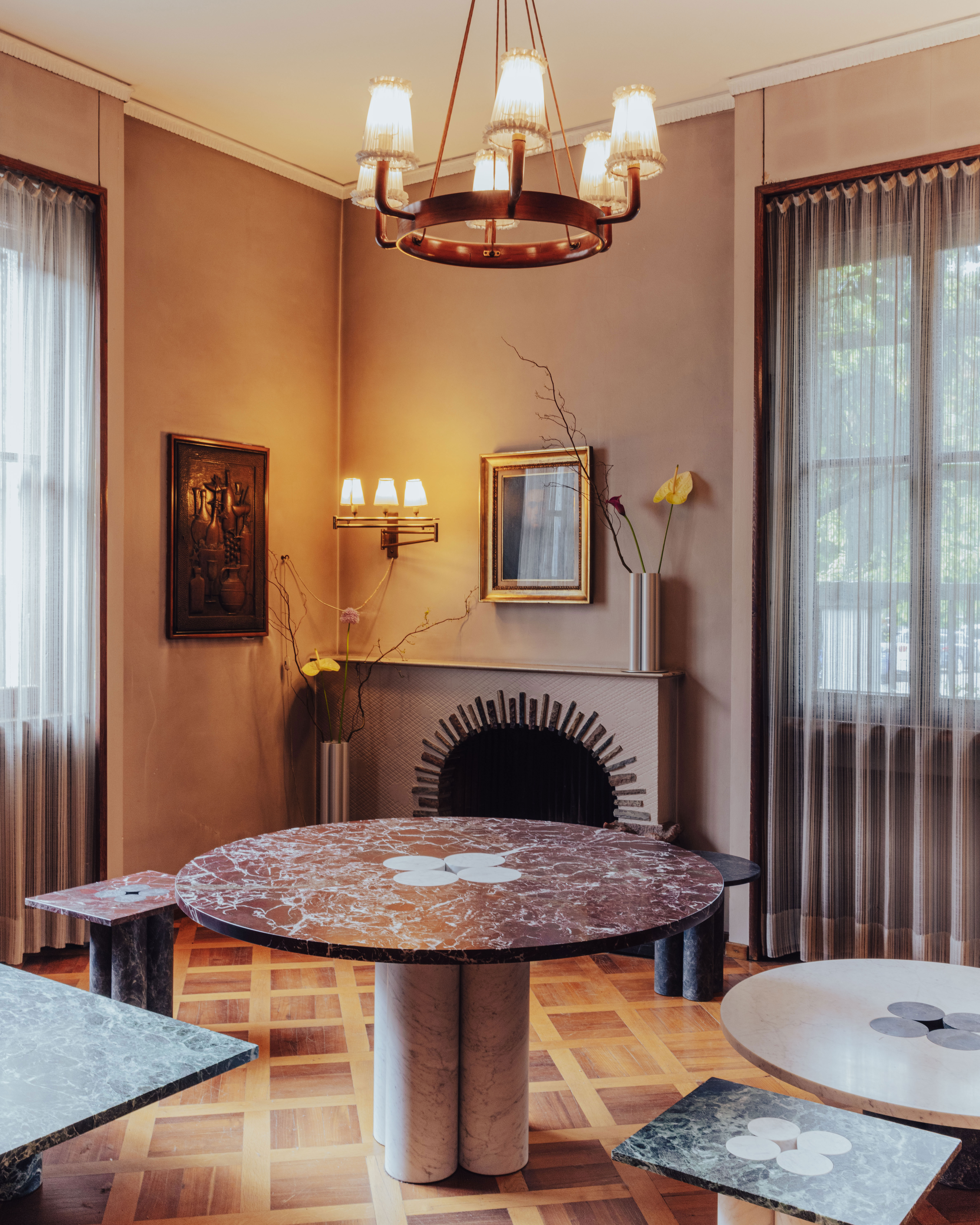
Tino Seubert. Photography Piergiorgio Sorgetti
Over 70 exhibitors are sprawled across these two locations, and while many architectural aficionados will know modernist icon Villa Borsani, the disused Lombard Baroque Villa Bagatti Valsecchi was also a hidden gem for Alcova’s organisers. 'This location has the usual Alcova,' Ciuffi says of the exposed raw floors and peeling walls of the villa, nodding to Alcova itself as an testing ground for designers, spanning innovation, rethinking systems and more.
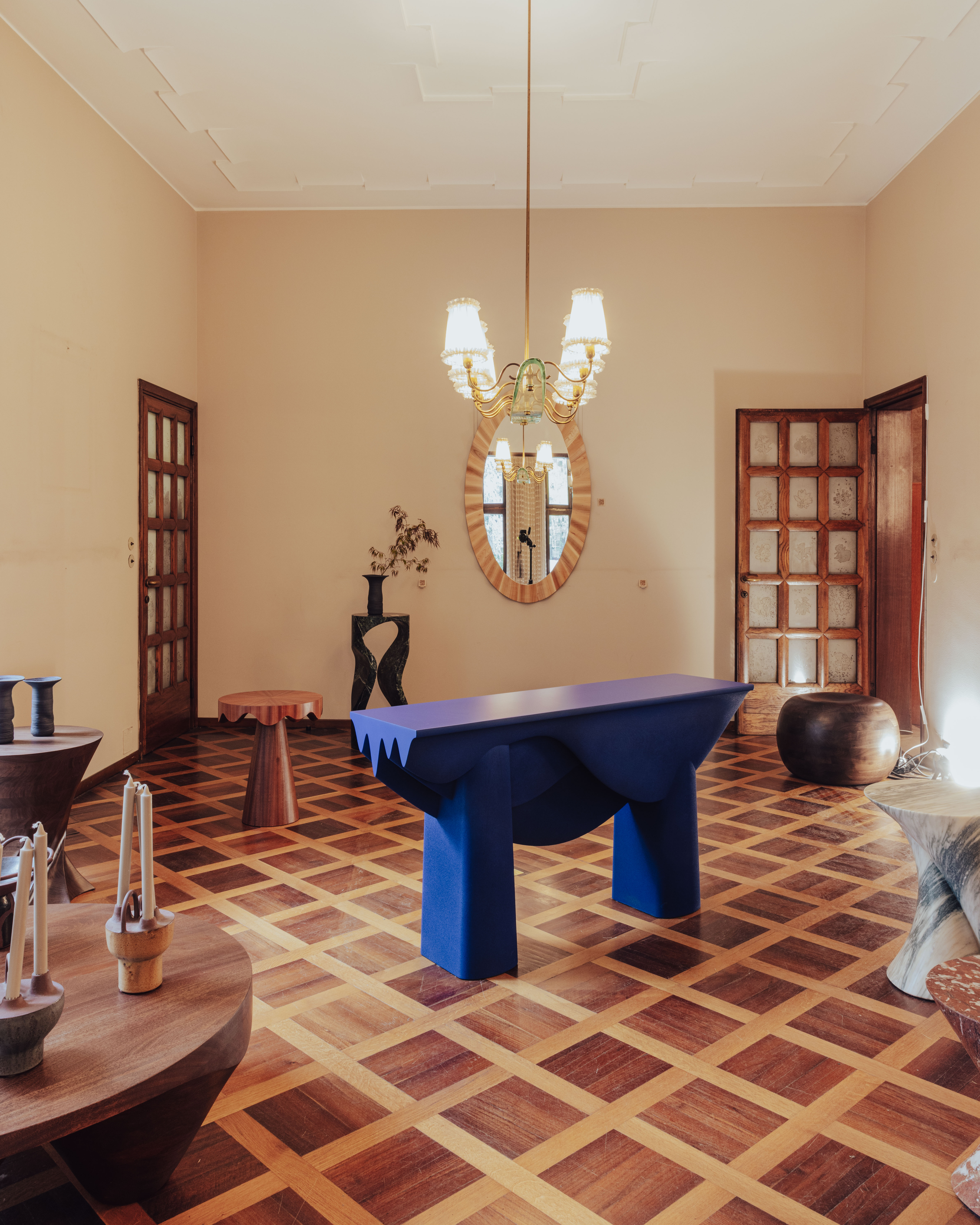
Studio Tooj. Photography Piergiorgio Sorgetti
'There is materiality and conceptual works,' says Ciuffi of the experiments at this year's show. Explorations with materials manifested in the marble work of Tino Seubert in collaboration with studio Agglomerati, realised by Bianco, and organic ceramic vessels by Andrea Tsang for Studio Tooj.

Harry Thaler with EconitWood️. Photography Piergiorgio Sorgetti
Stepping inside Villa Bagatti Valsecchi, visitors were welcomed by mounds of EconitWood️, which uses wood waste from sawmills. The potential of this material was shown in lighting and seating designed by Harry Thaler. An apocalyptic vision of the future was visually told by design school HEAD Genève, addressing the climate emergency through performance dioramas of damaged environments.
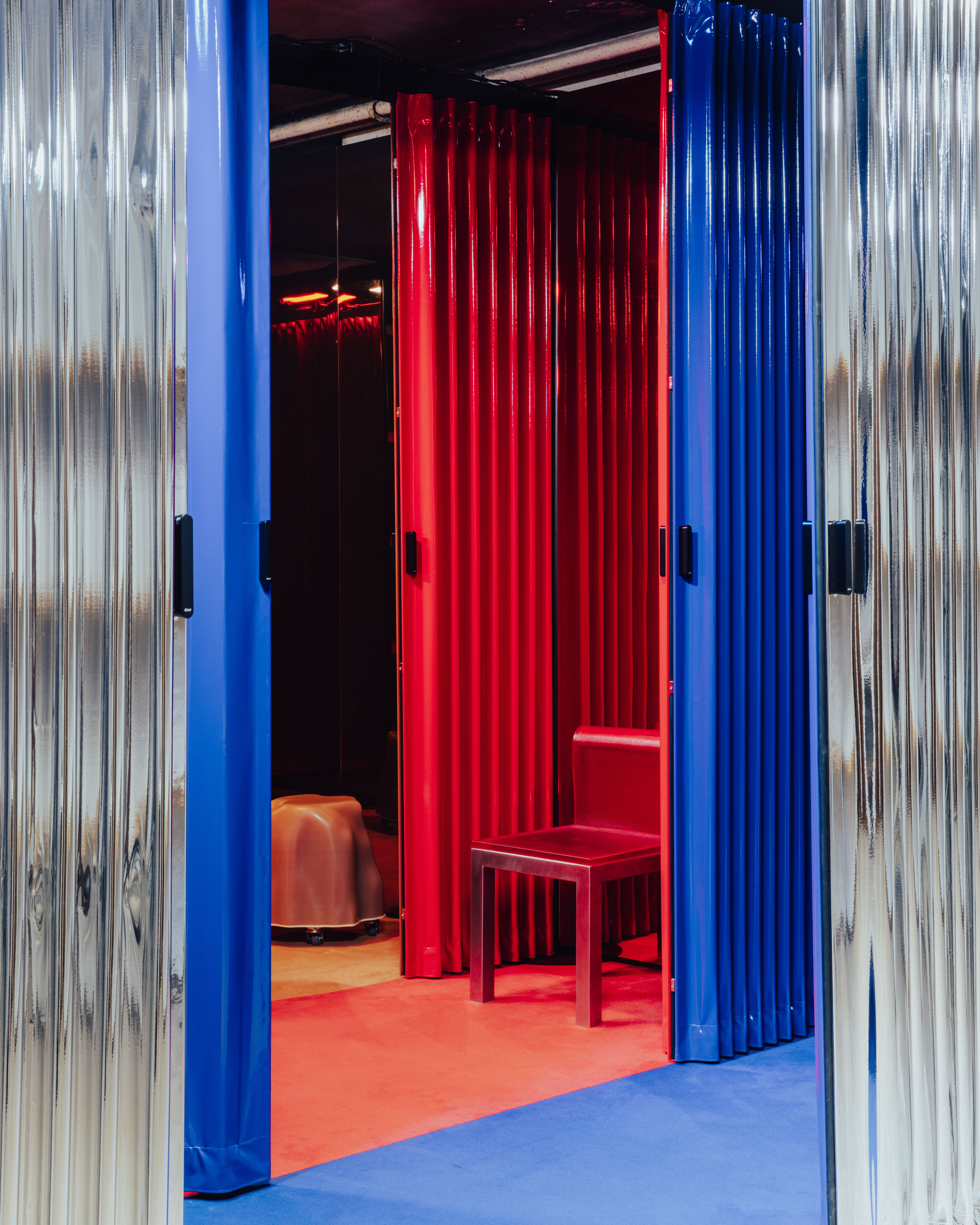
Objects of Common Interest for Dooor. Photography Piergiorgio Sorgetti
'What is new this year is a dialogue with the domestic space,' says Ciuffi of the fact both of these villas were once family homes. Walking downstairs in Villa Borsani, visitors could uncover a maze-like installation by Objects of Common Interest for Dooor, which manipulates the cellar of the home through colour and abstract passages.
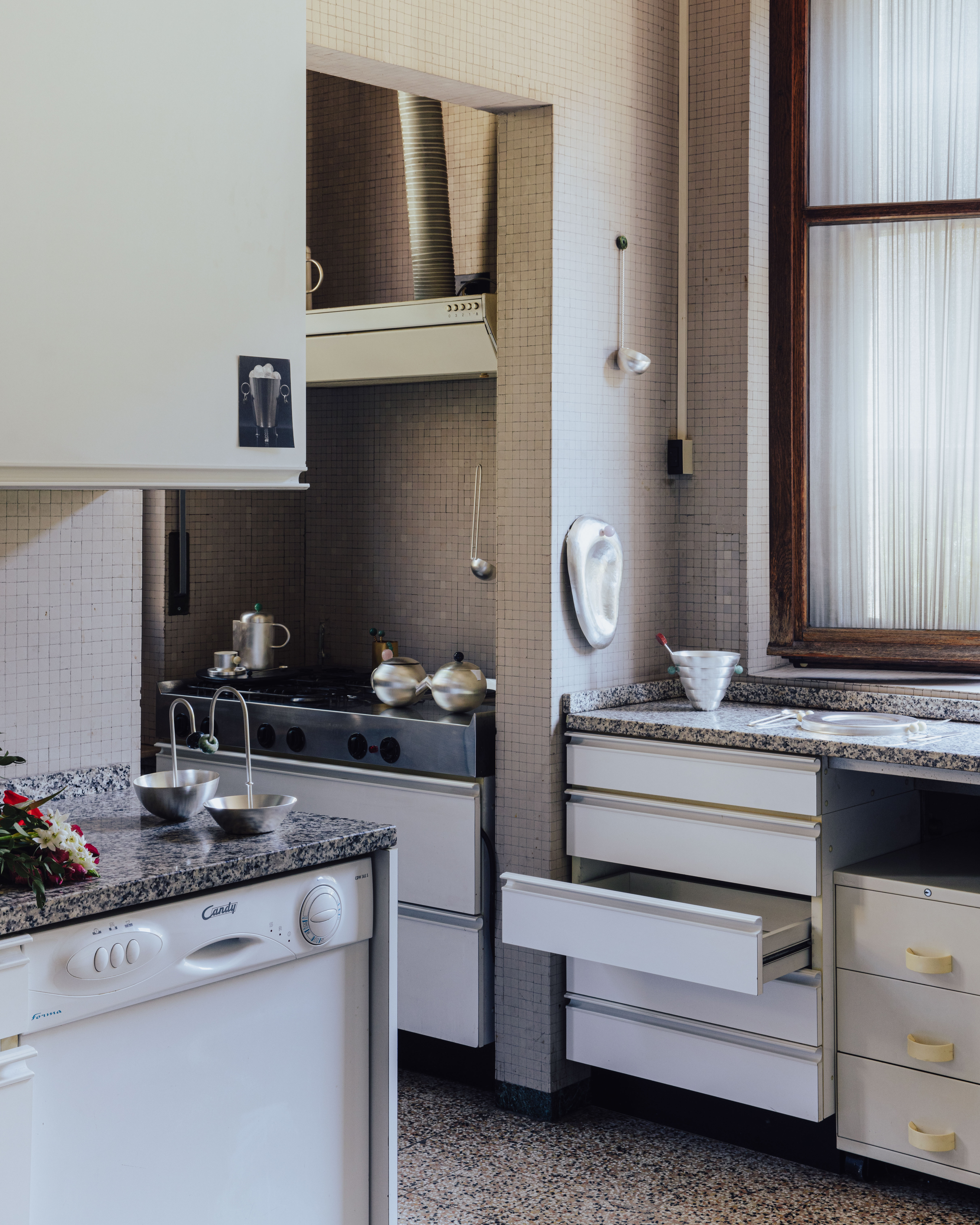
Natalia Criado. Photography Piergiorgio Sorgetti
In the narrow kitchen, Colombian designer Natalia Criado’s metal works, including cutlery, coffee containers and tea pots, were found peppered across the countertops and kitchen sink. Once a jewellery designer, Criado’s delicate pieces are inspired by combining cultural legacies of Colombia and Italy. Inderjeet Sandhu also delved into the clashing of cultures inside Villa Bagatti Valsecchi with his political vases and vessels that draw upon his experiences in a Dutch-Indian household.
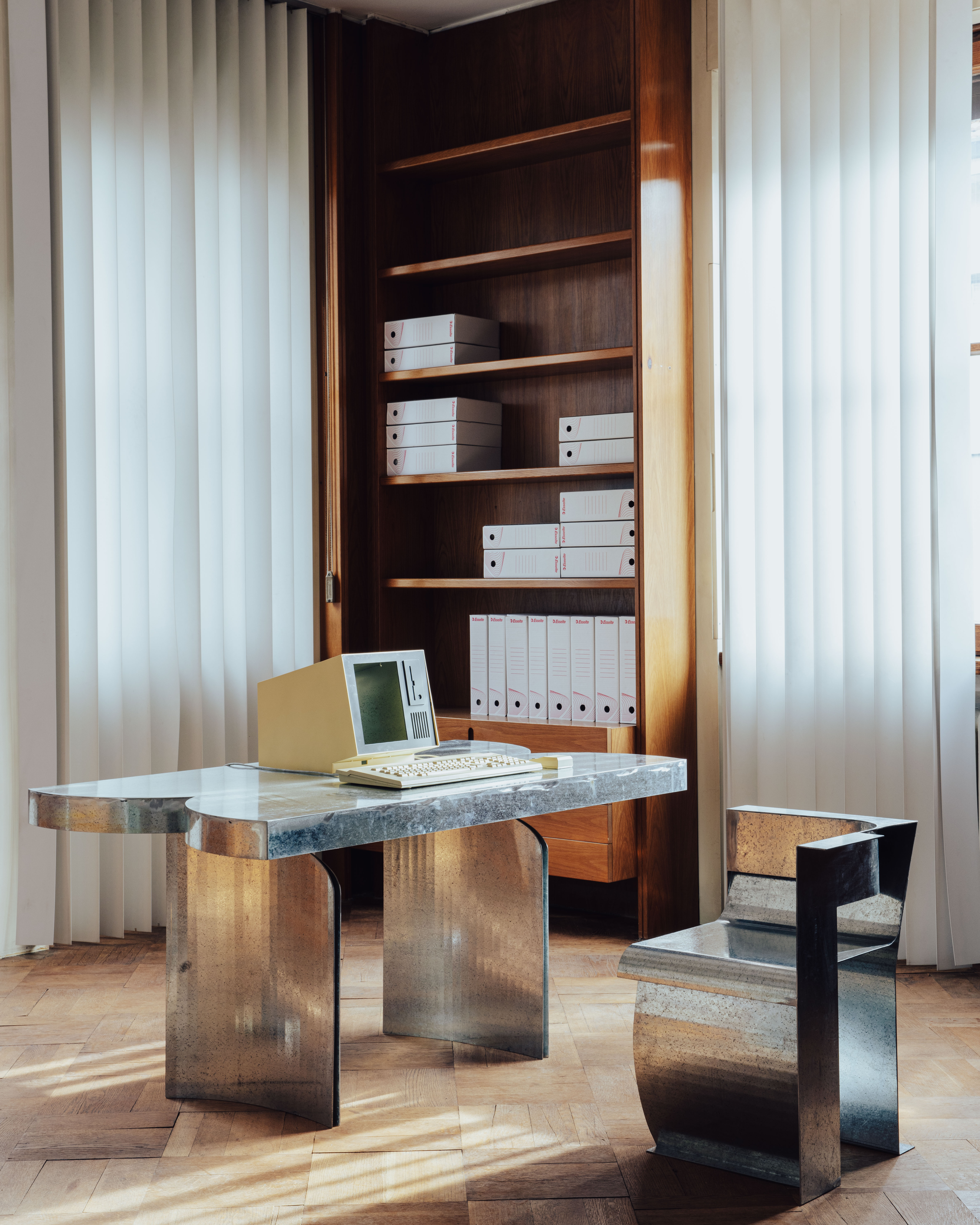
Supaform. Photography Piergiorgio Sorgetti
Inside the study room once used by architect Osvaldo Borsani, Supaform were inspired by this area being a 'laboratory for experiments and a sacred space for solitude and escapism,' with a simple office set up of a chunky silver desk and chair paired with a retro computer and conventionally corporate looking folders in the shelves, feeling both futuristic and vintage at the same time. 'The furniture within the space are intended as artefacts of the author’s imagination,' says Maxim Shcherbakov, founder of Supaform.
Receive our daily digest of inspiration, escapism and design stories from around the world direct to your inbox.
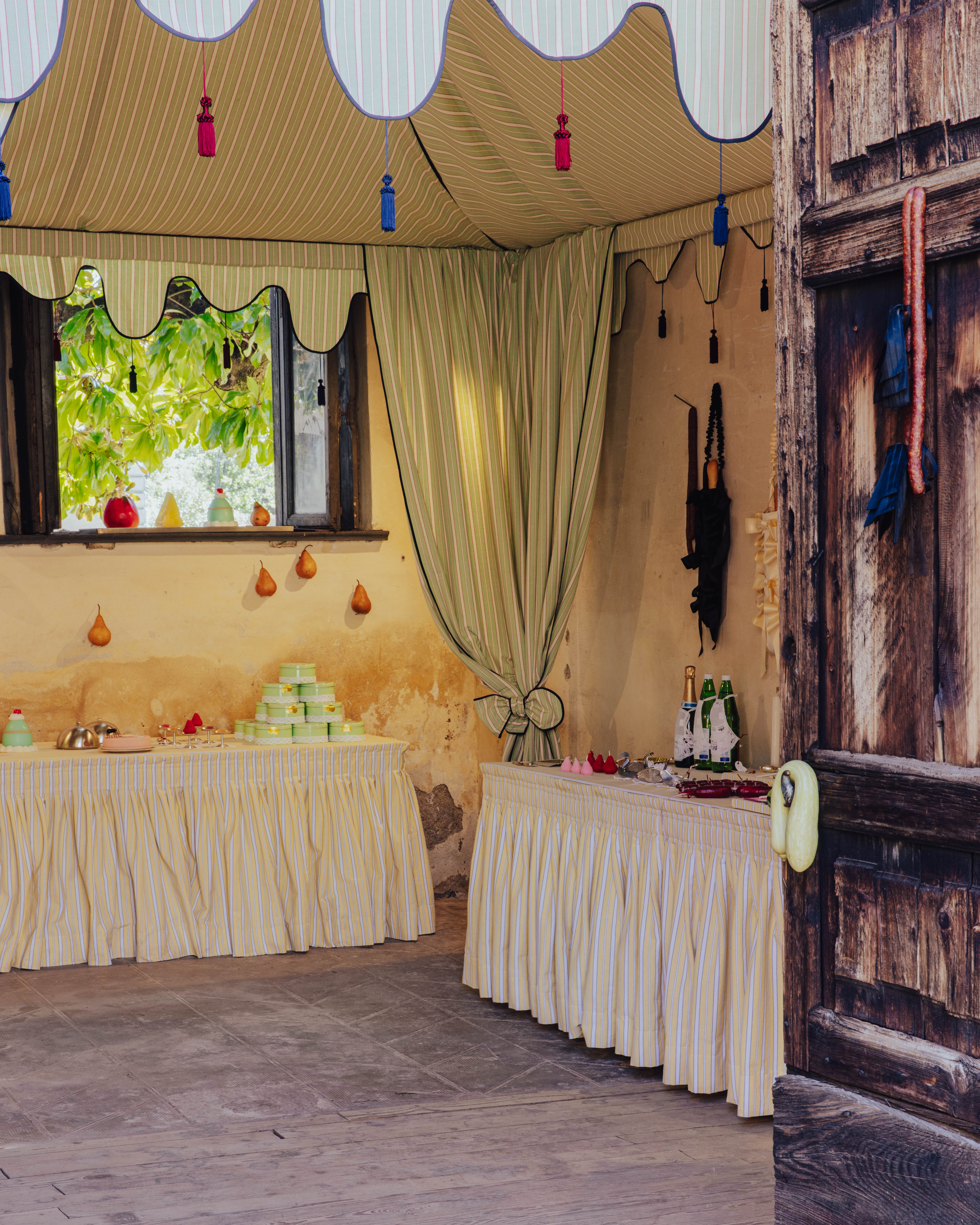
Gohar World. Photography Piergiorgio Sorgetti
Elsewhere, Fabian Freytag reinterpreted the bar area in the Villa Borsani to include washbasins and lamps, while back at Villa Bagatti Valsecchi, the universe of Gohar World came to life in a pop-up shop set up inside a pinstripe tent, with satin baguette bags on offer amongst other delectable items.
'The relationship with the park and greenery is astonishing,' Ciuffi says of the vast green space surrounding Villa Bagatti Valsecchi, where playful sculptures by Studio Pepe and a golf course are found. 'We don’t have a style, we just look for amazing places,' says Ciuffi of future plans for Alcova. For now, being a hotbed for research and a platform for designers is the main goal, but 'Alcova will keep travelling.'
Located a 5-minute walk from each other, the two venues are in Varedo, a 25-minute train ride from Milan stations including Cadorna, Garibaldi, Porta Venezia and Repubblica with lines S2 and S4.
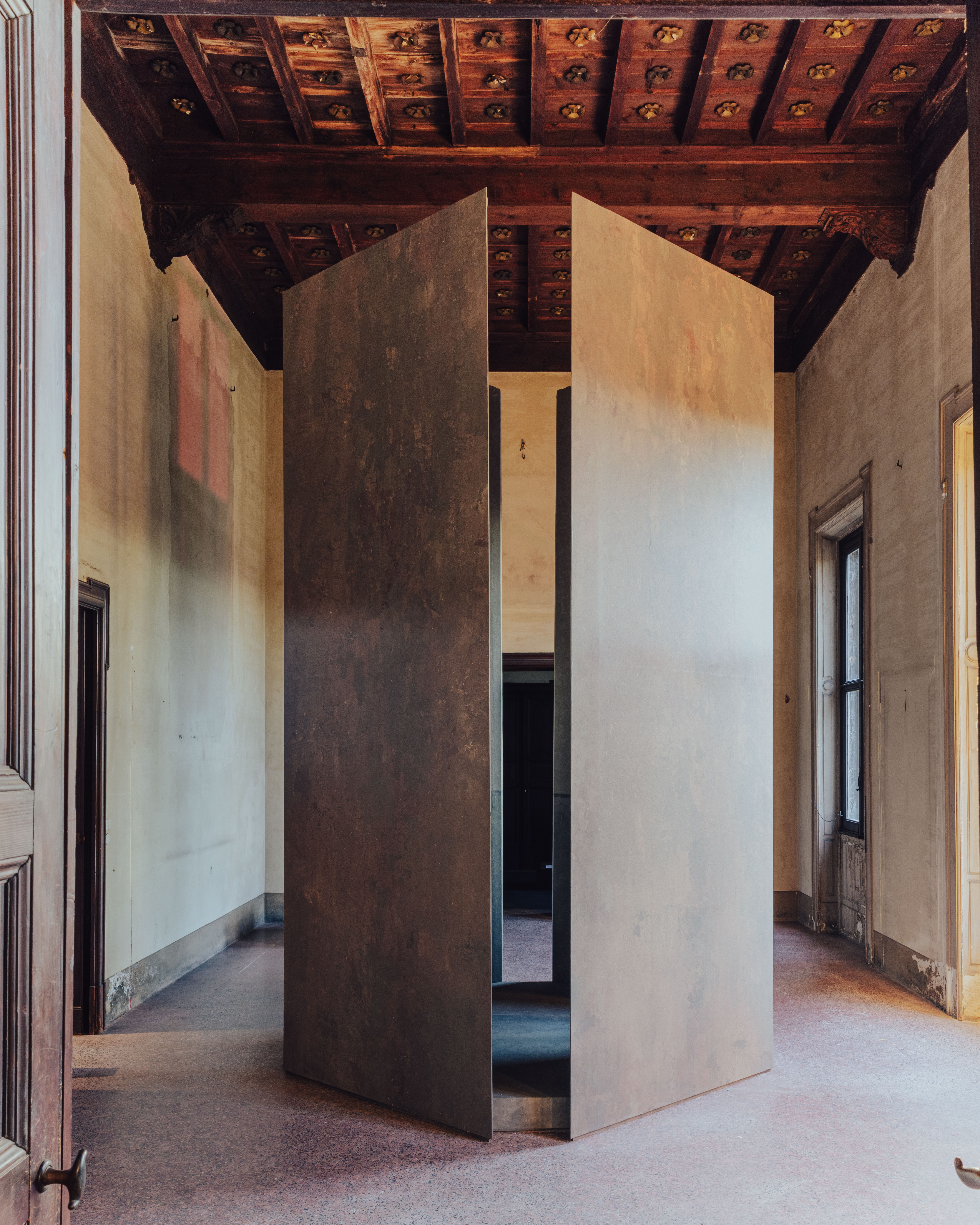
Calico Wallpaper. Photography Piergiorgio Sorgetti
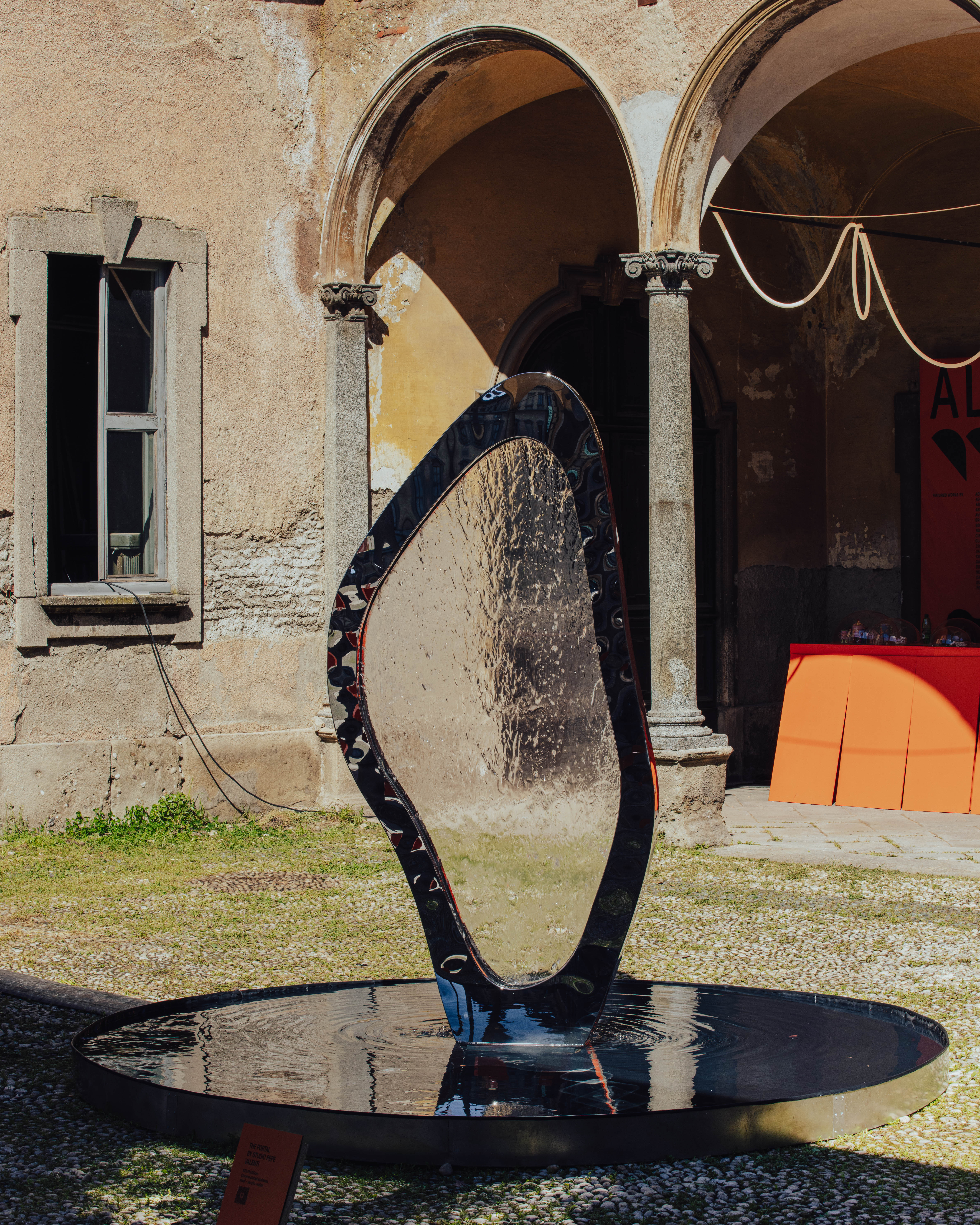
The Portal sculpture by Pepe Valenti for Alcova Shop. Photography Piergiorgio Sorgetti

Surface Design. Photography Piergiorgio Sorgetti

Atelier De Troupe. Photography Piergiorgio Sorgetti
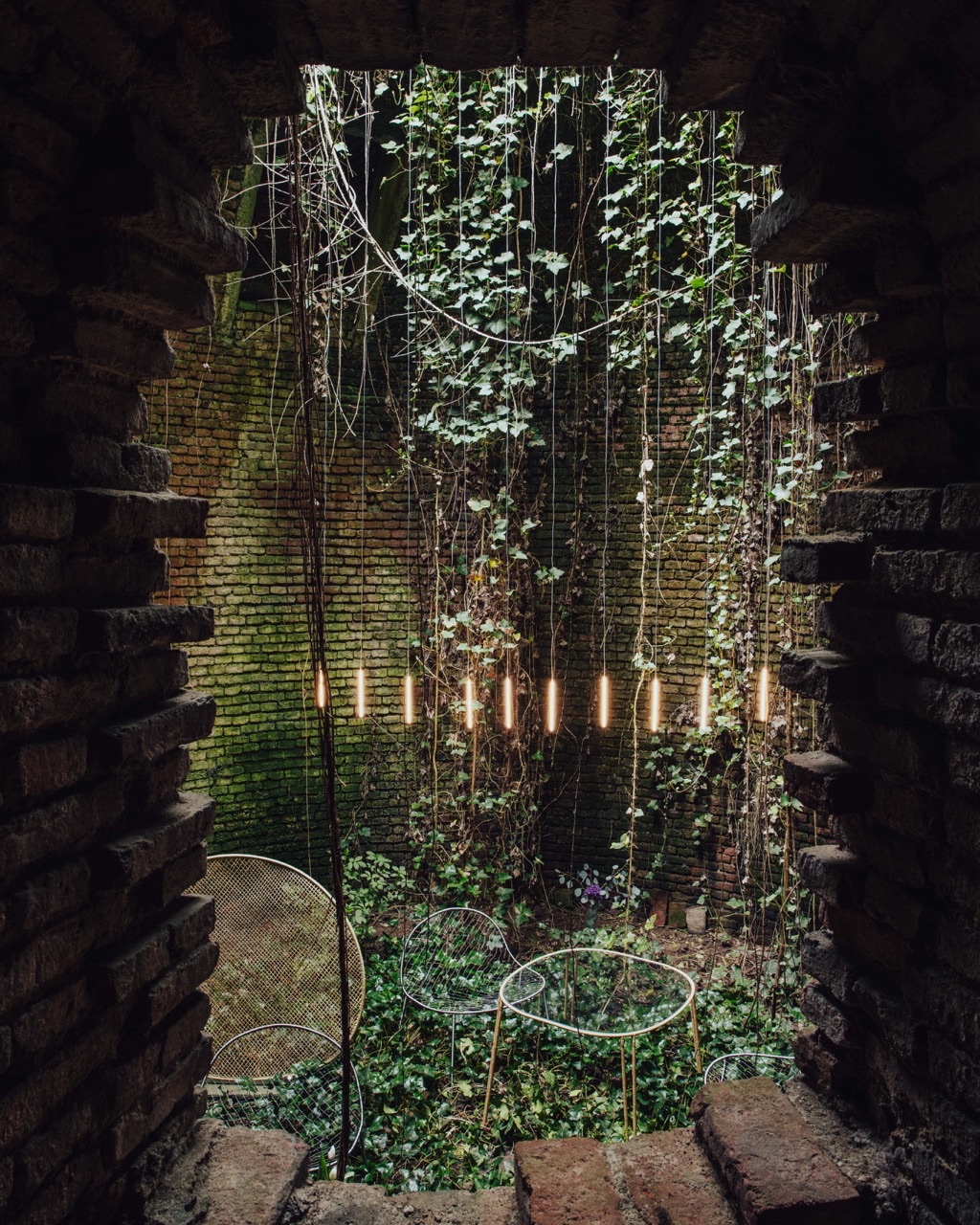
Junya Ishigami for Maniera. Photography Piergiorgio Sorgetti
Sujata Burman is a writer and editor based in London, specialising in design and culture. She was Digital Design Editor at Wallpaper* before moving to her current role of Head of Content at London Design Festival and London Design Biennale where she is expanding the content offering of the showcases. Over the past decade, Sujata has written for global design and culture publications, and has been a speaker, moderator and judge for institutions and brands including RIBA, D&AD, Design Museum and Design Miami/. In 2019, she co-authored her first book, An Opinionated Guide to London Architecture, published by Hoxton Mini Press, which was driven by her aim to make the fields of design and architecture accessible to wider audiences.
-
 Volvo’s quest for safety has resulted in this new, ultra-legible in-car typeface, Volvo Centum
Volvo’s quest for safety has resulted in this new, ultra-legible in-car typeface, Volvo CentumDalton Maag designs a new sans serif typeface for the Swedish carmaker, Volvo Centum, building on the brand’s strong safety ethos
-
 We asked six creative leaders to tell us their design predictions for the year ahead
We asked six creative leaders to tell us their design predictions for the year aheadWhat will be the trends shaping the design world in 2026? Six creative leaders share their creative predictions for next year, alongside some wise advice: be present, connect, embrace AI
-
 10 watch and jewellery moments that dazzled us in 2025
10 watch and jewellery moments that dazzled us in 2025From unexpected watch collaborations to eclectic materials and offbeat designs, here are the watch and jewellery moments we enjoyed this year
-
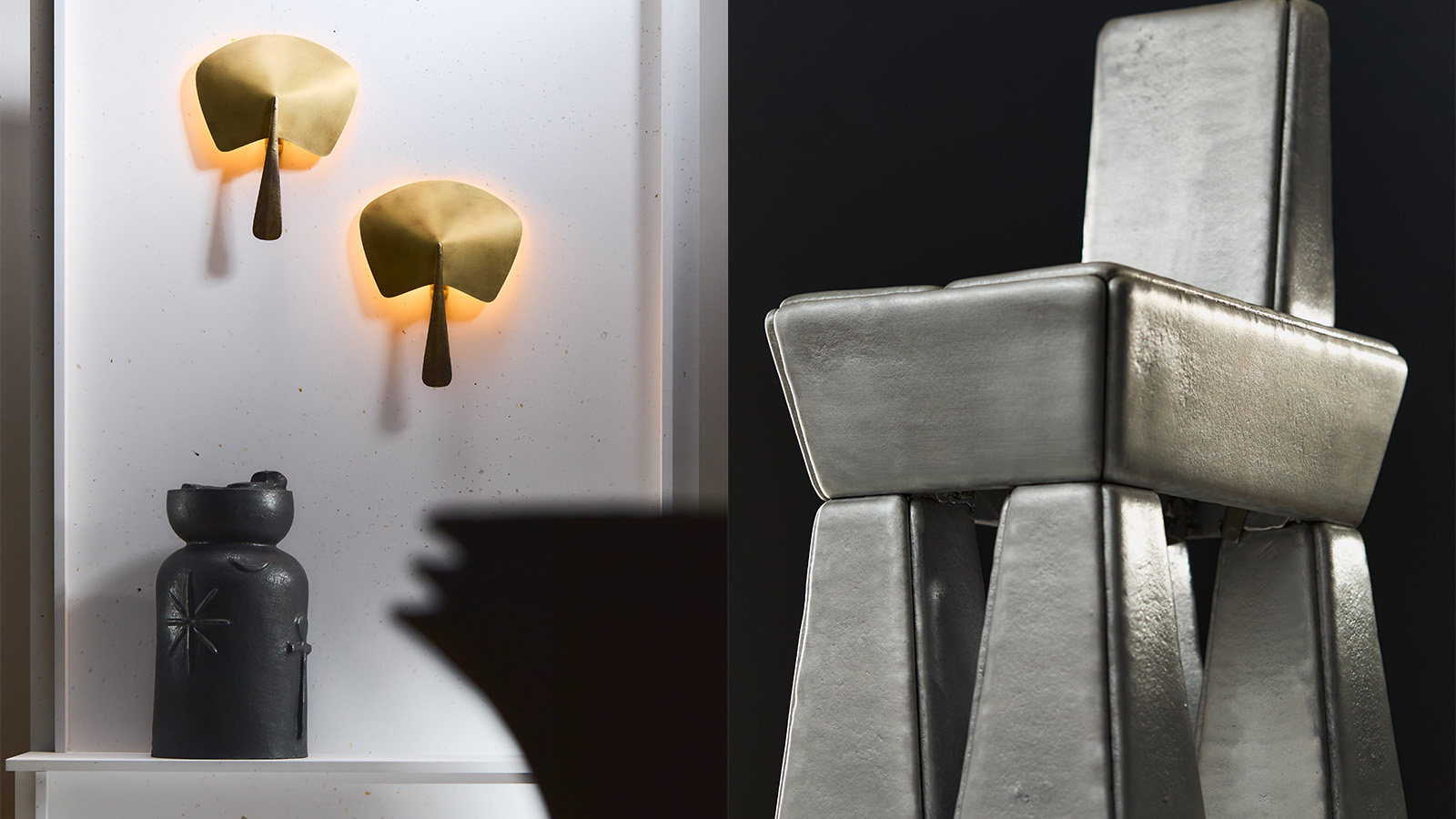 20 emerging designers shine in our ‘Material Alchemists’ film
20 emerging designers shine in our ‘Material Alchemists’ filmWallpaper’s ‘Material Alchemists’ exhibition during Milan Design Week 2025 spotlighted 20 emerging designers with a passion for transforming matter – see it now in our short film
-
 Delve into the Wallpaper* Design Directory 2025, on sale now
Delve into the Wallpaper* Design Directory 2025, on sale nowIn the July issue of Wallpaper*, find a photographic love letter to Milan Design Week, plus the best new furniture, lighting, kitchens, bathrooms and more
-
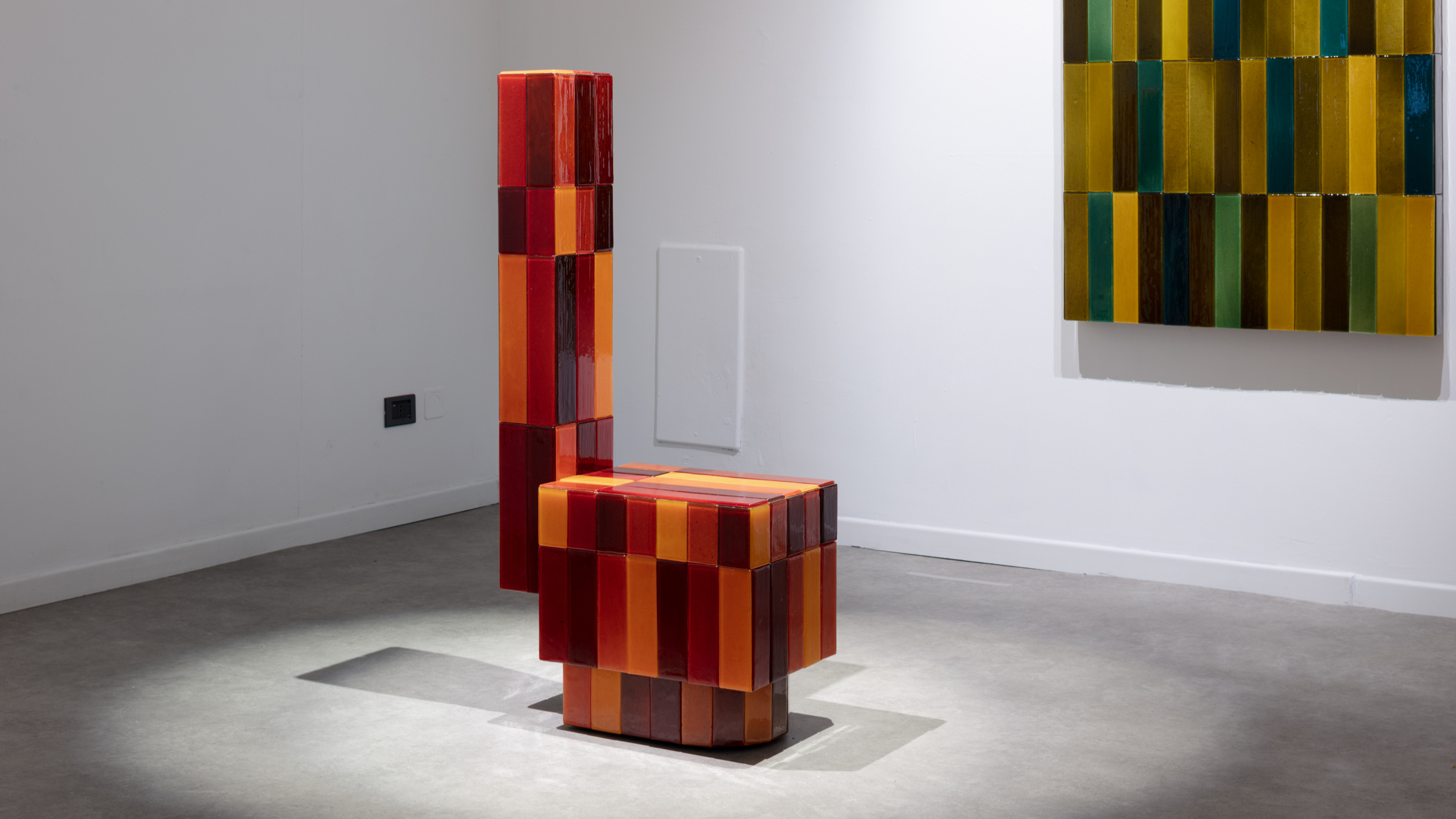 Tokyo design studio We+ transforms microalgae into colours
Tokyo design studio We+ transforms microalgae into coloursCould microalgae be the sustainable pigment of the future? A Japanese research project investigates
-
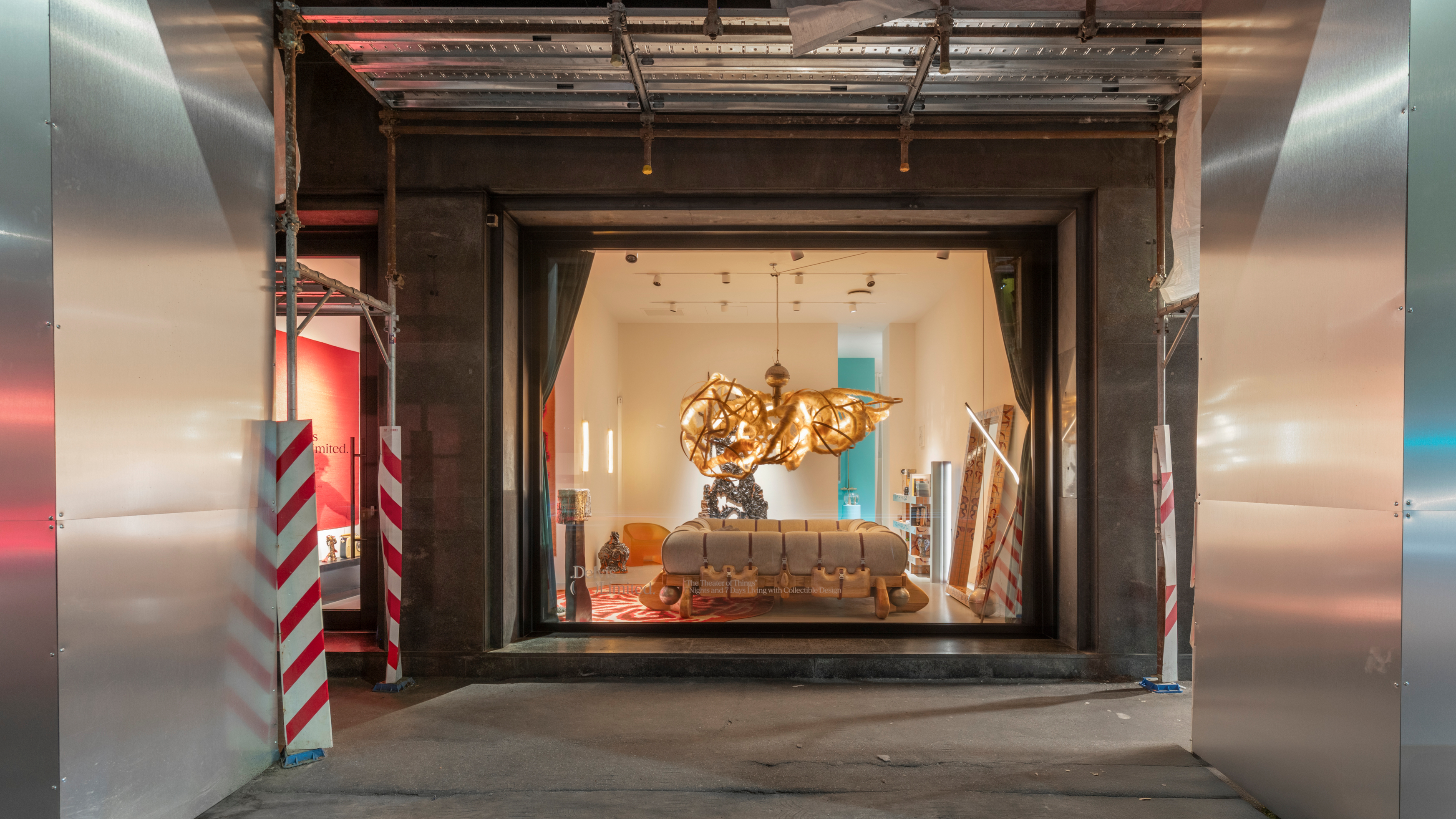 Delvis (Un)Limited turns a Brera shopfront into a live-in design installation
Delvis (Un)Limited turns a Brera shopfront into a live-in design installationWhat happens when collectible design becomes part of a live performance? The Theatre of Things, curated by Joseph Grima and Valentina Ciuffi, invited designers to live with their work – and let the public look in
-
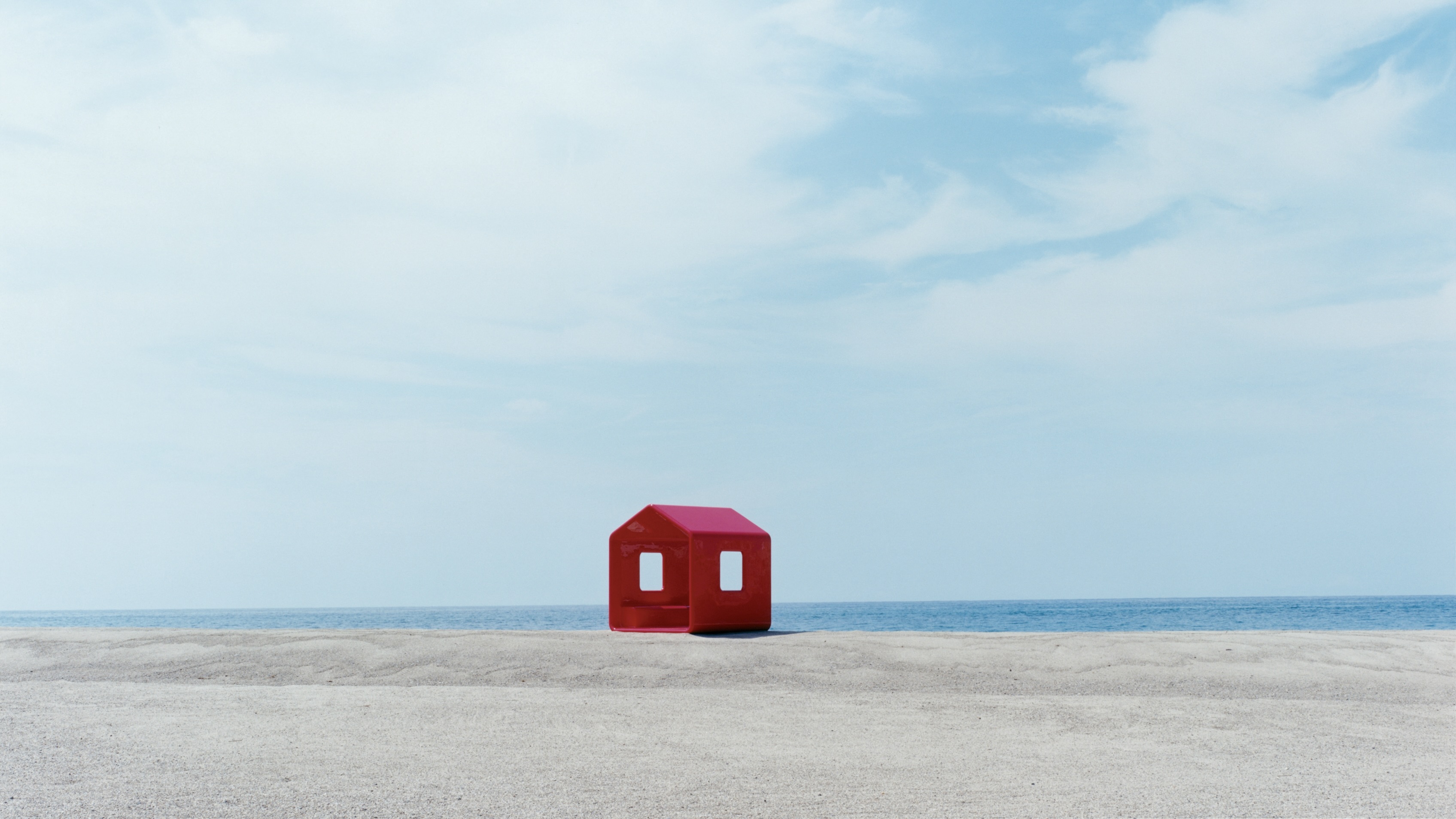 Naoto Fukasawa sparks children’s imaginations with play sculptures
Naoto Fukasawa sparks children’s imaginations with play sculpturesThe Japanese designer creates an intuitive series of bold play sculptures, designed to spark children’s desire to play without thinking
-
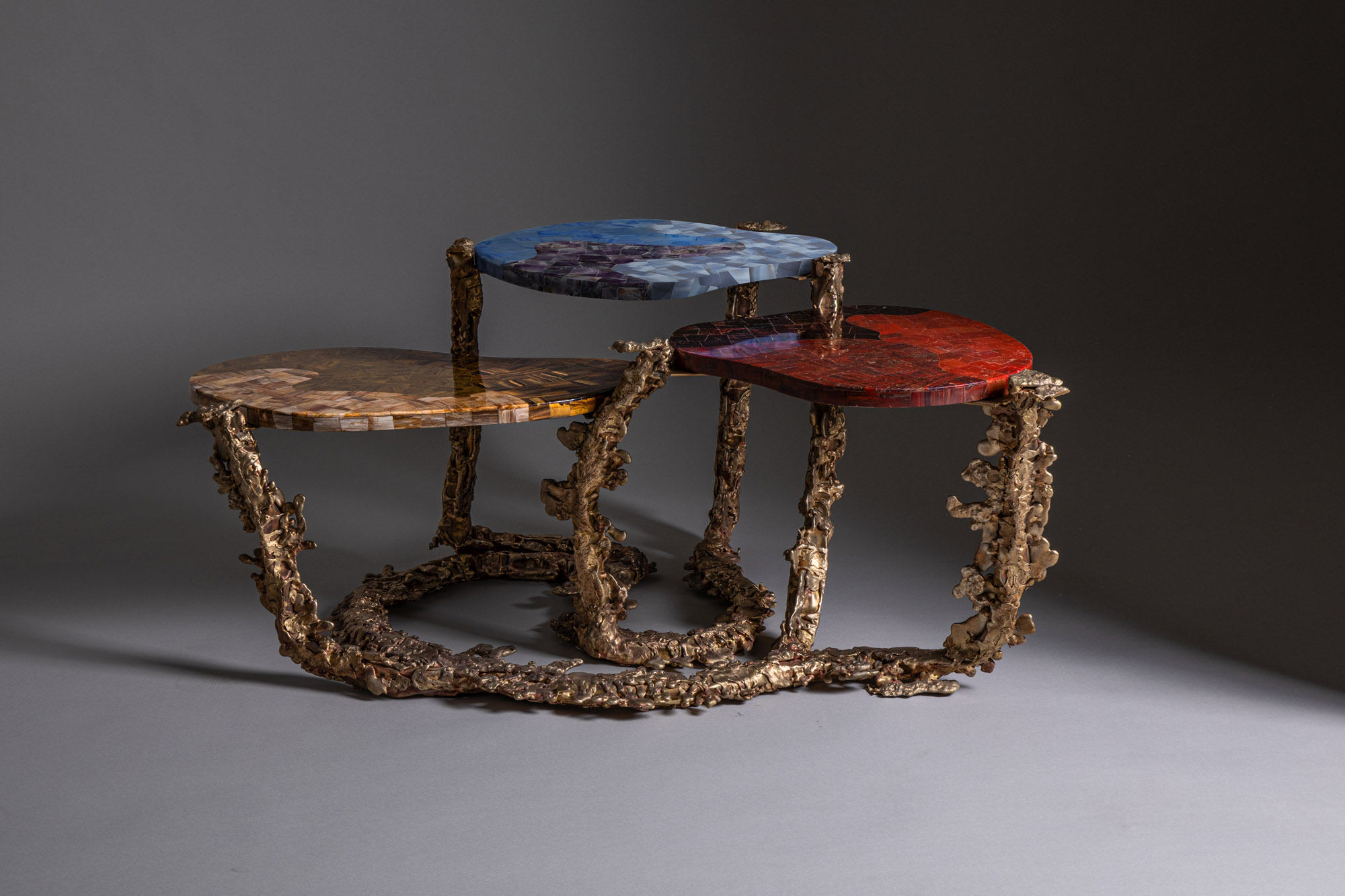 Inside the Shakti Design Residency, taking Indian craftsmanship to Alcova 2025
Inside the Shakti Design Residency, taking Indian craftsmanship to Alcova 2025The new initiative pairs emerging talents with some of India’s most prestigious ateliers, resulting in intricately crafted designs, as seen at Alcova 2025 in Milan
-
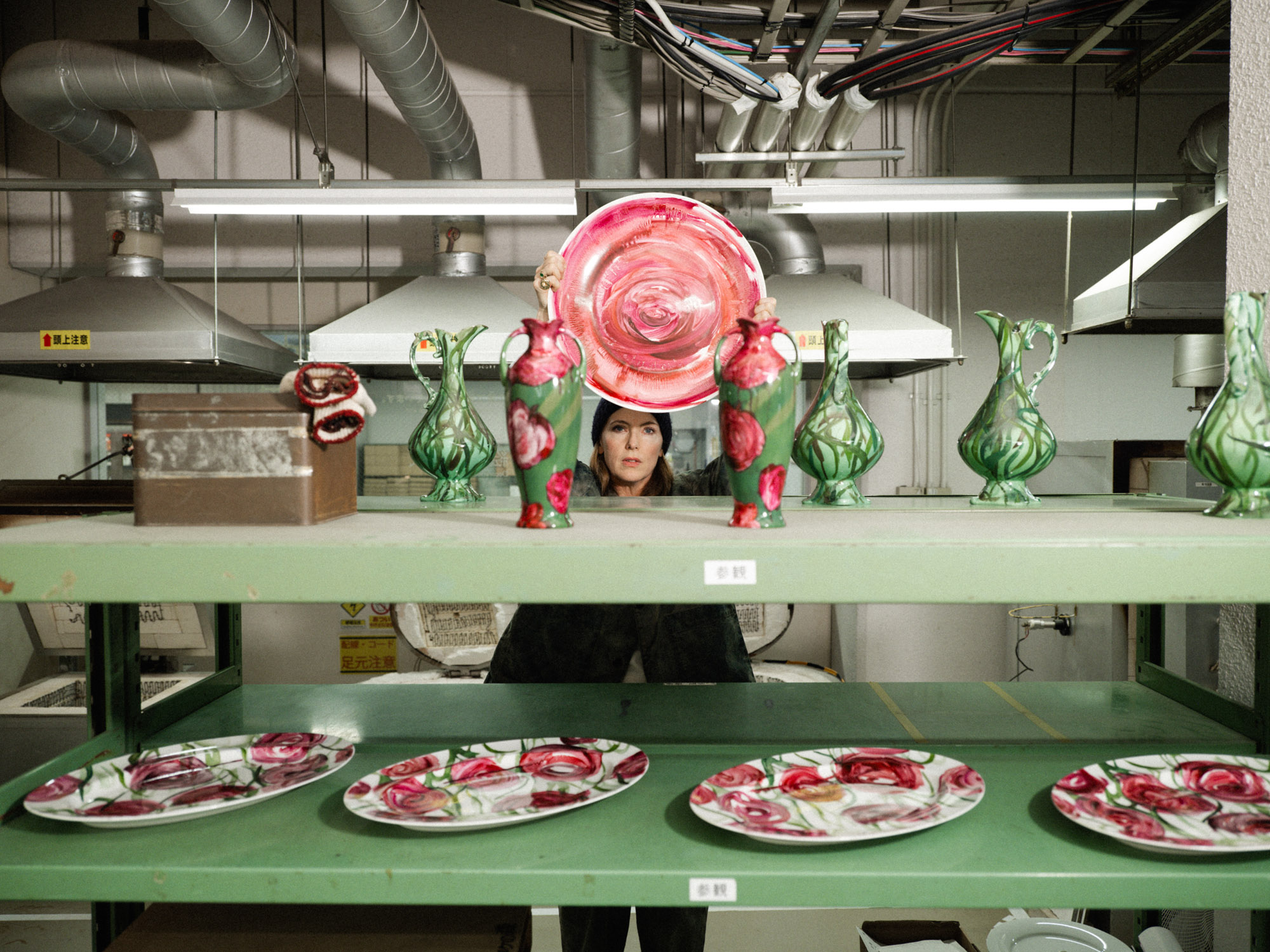 Faye Toogood comes up roses at Milan Design Week 2025
Faye Toogood comes up roses at Milan Design Week 2025Japanese ceramics specialist Noritake’s design collection blossoms with a bold floral series by Faye Toogood
-
 6:AM create a spellbinding Murano glass showcase in Milan’s abandoned public shower stalls
6:AM create a spellbinding Murano glass showcase in Milan’s abandoned public shower stallsWith its first solo exhibition, ‘Two-Fold Silence’, 6:AM unveils an enchanting Murano glass installation beneath Piscina Cozzi